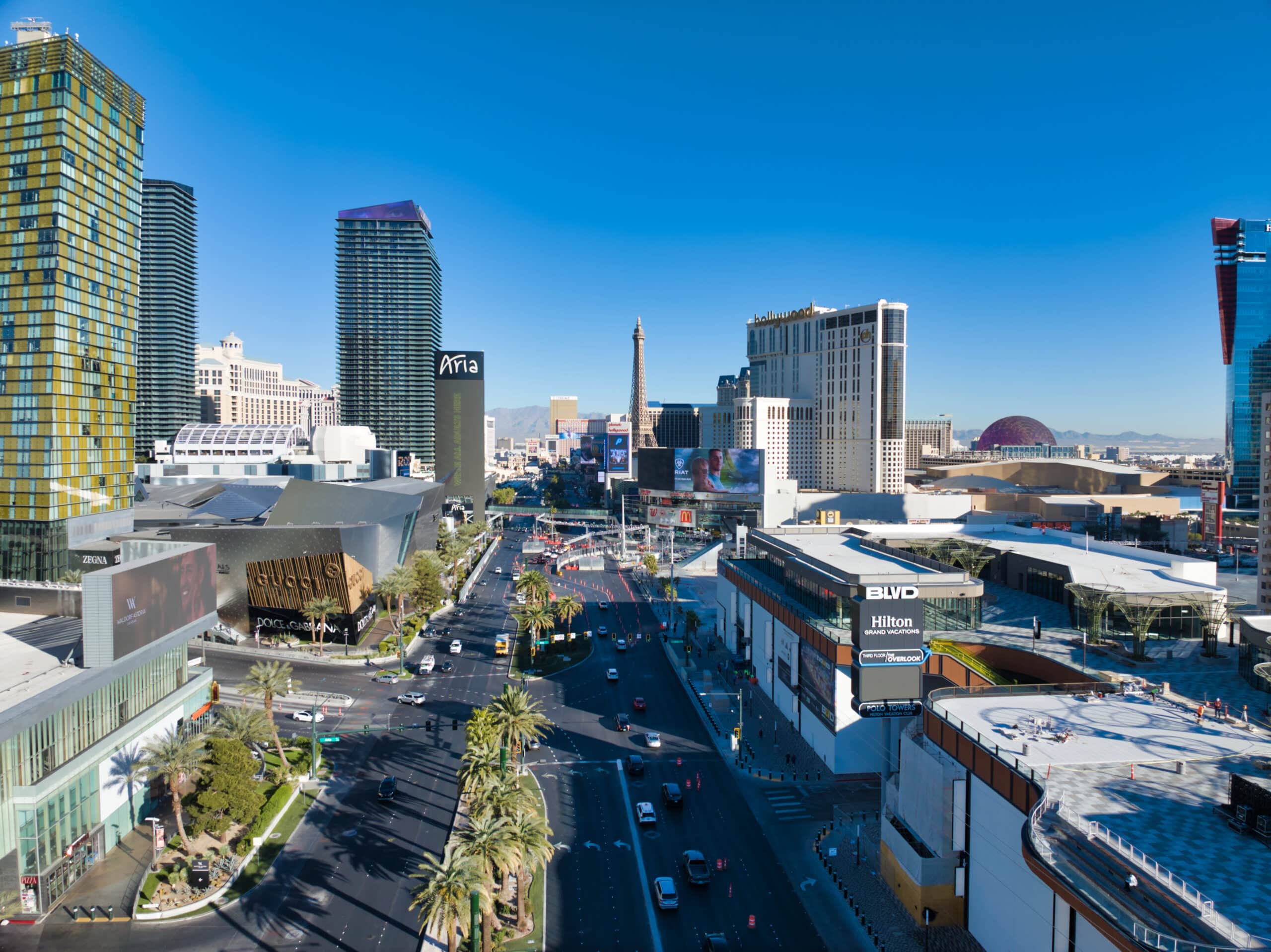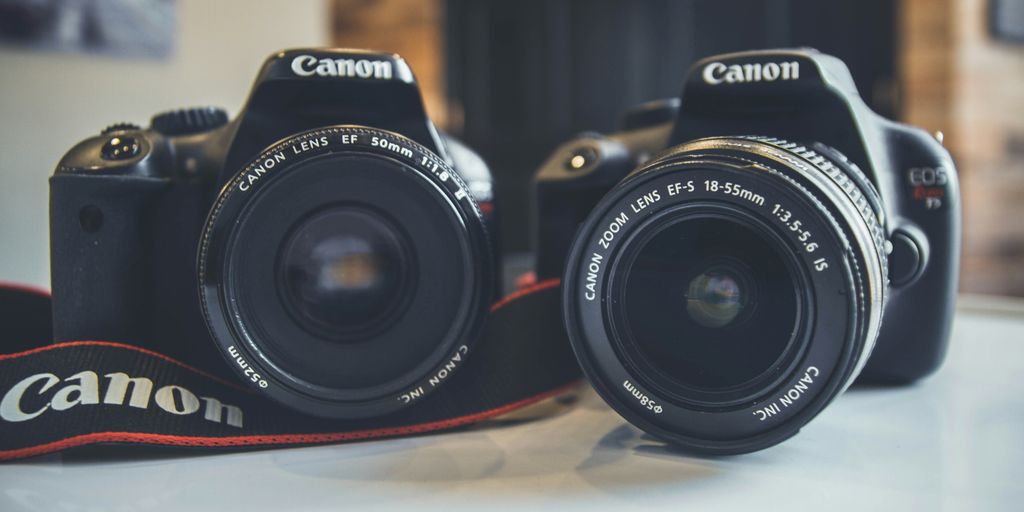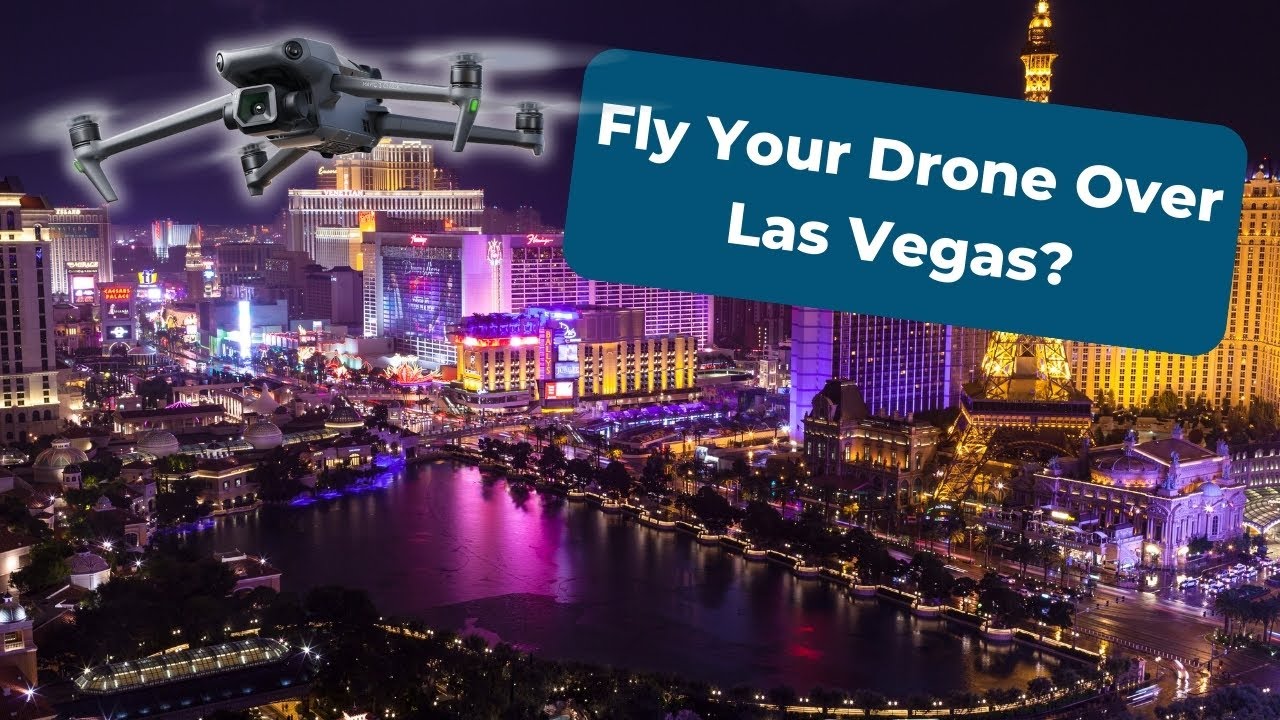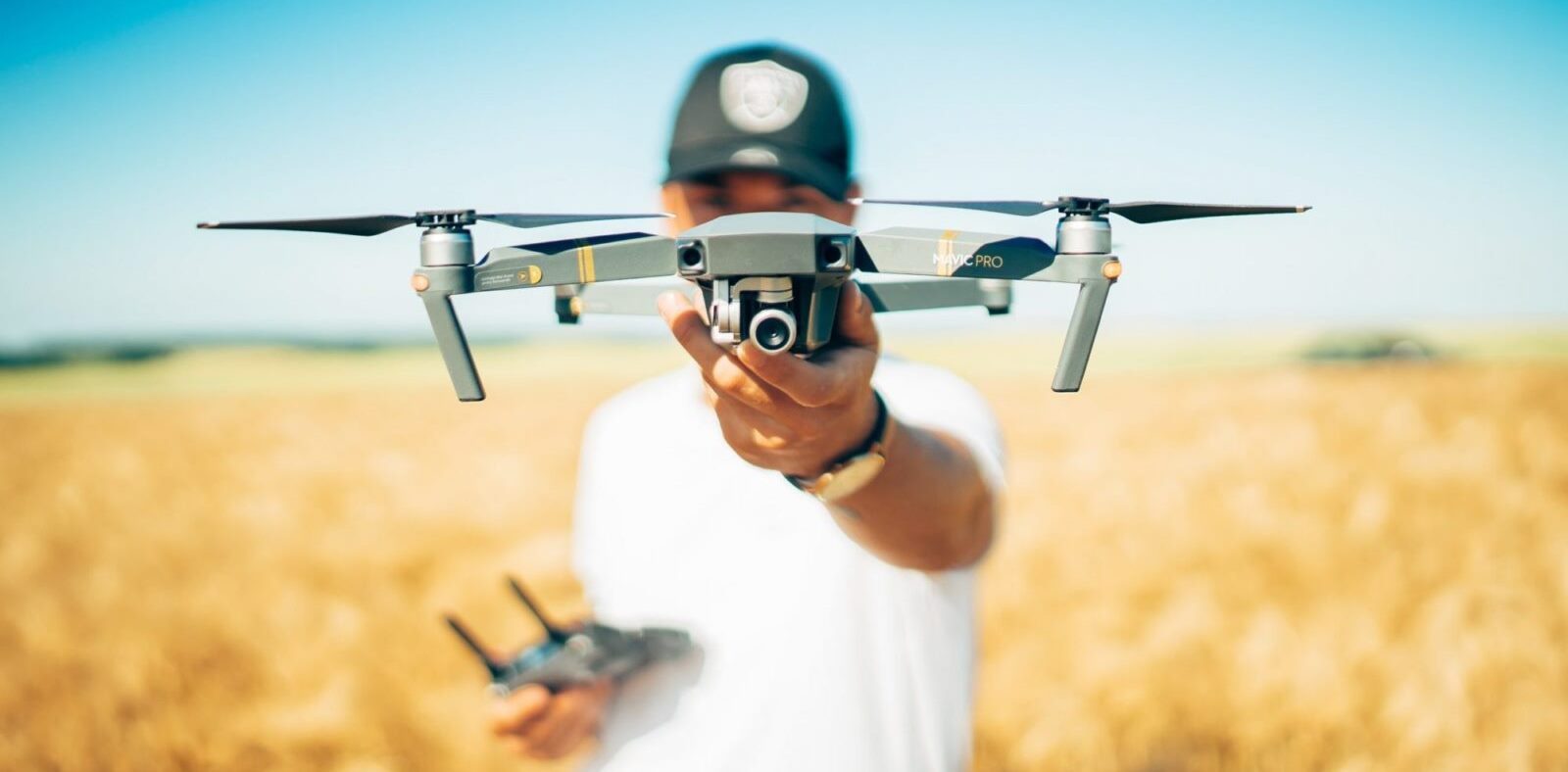
Drones have revolutionized surveillance, offering unparalleled advantages that traditional methods cannot match. From enhanced coverage and rapid response to cost-effectiveness and improved safety, drones are becoming indispensable for security operations in various environments. This article examines the numerous benefits of utilizing drones for surveillance and how they revolutionize the security landscape.
Key Takeaways
- Drones offer enhanced surveillance capabilities, including comprehensive area coverage, high-resolution imaging, and night vision.
- They provide rapid response and mobility, allowing quick action in emergencies and access to hard-to-reach areas.
- Drones are cost-effective, reducing labor and operational expenses while offering long-term financial benefits.
- They enhance safety for personnel by minimizing human exposure to danger and facilitating remote monitoring and support for first responders.
- Drones are versatile and can be used in various environments, from urban and rural settings to industrial, commercial, and event security applications.
Enhanced Surveillance Capabilities

Wide Area Coverage
One of the primary advantages of using drones for surveillance is their ability to efficiently cover vast areas. Unlike traditional methods, drones can quickly scan large zones, providing comprehensive oversight without the need for an extensive workforce. This capability is particularly beneficial for monitoring industrial zones, public events, and sensitive locations that require constant vigilance.
High-Resolution Imaging
Drones equipped with high-resolution cameras offer unparalleled image quality. This allows security personnel to detect vulnerabilities and suspicious activities that conventional surveillance systems might miss. The high-definition imagery is immediately available to ground teams, enabling them to conduct rapid assessments and responses.
Night Vision and Thermal Imaging
Integrating night vision and thermal imaging technologies in drones significantly enhances their surveillance capabilities. These features allow effective monitoring during nighttime or in low-light conditions, ensuring no area is left unchecked. Thermal imaging is beneficial for detecting heat signatures, which can be crucial in identifying unauthorized intrusions or locating individuals in need of assistance.
Drones for surveillance provide a unique tool for security personnel, offering real-time visibility and immediate action when a breach occurs. This advanced technology ensures that threats, whether perceived or actual, are swiftly addressed, enhancing overall security measures.
Rapid Response and Mobility

Drones have revolutionized the way we handle emergencies and critical situations. Their ability to move quickly on demand to remote areas ensures we respond to incidents faster than traditional methods. This speed is crucial in emergencies where every second counts.
Speed in Emergency Situations
In emergencies, the rapid deployment of drones can be the difference between life and death. Drones can perform perimeter patrols significantly faster than human personnel, providing real-time monitoring and feedback within minutes. This swift response enhances our ability to gather evidence and potentially apprehend suspects before they can escape.
Access to Hard-to-Reach Areas
One of the drone’s standout features is its ability to navigate hard-to-reach places. Whether it’s a dense forest, a mountainous region, or an urban area with narrow alleys, drones can easily access these locations. This ability is invaluable for locating persons in danger or wanted, especially in otherwise inaccessible areas.
Real-Time Data Transmission
Drones excel in providing real-time data transmission, which is essential for coordinating teams deployed in the field. By streaming live video to security teams, drones enhance our situational awareness, enabling us to make informed decisions quickly. This real-time data is crucial for effective crisis management and ensuring the safety of both the public and emergency responders.
The integration of drones into our rapid response strategies has not only improved our efficiency but also enhanced the overall security and safety of our operations.
Cost-Effectiveness
Drones offer a cost-effective alternative to traditional surveillance methods. They can significantly reduce labor costs, as there is less need for human resources, such as security guards. Additionally, drones provide 24/7 surveillance, eliminating the necessity for multiple security shifts and reducing operational expenses.
Reduced Labor Costs
Deploying drones for surveillance can lead to substantial labor savings. Instead of hiring numerous security personnel, a few drones can efficiently cover large areas. This reduces salaries and minimizes the costs associated with training and managing a large workforce.
Lower Operational Expenses
Drones are recognized for their low operational costs, particularly when compared to traditional surveillance tools such as human-crewed aircraft or satellite imagery. Their maintenance and operational expenses are relatively minimal, making them a more economical choice for long-term surveillance needs.
Long-Term Financial Benefits
Investing in drone technology for surveillance can yield significant long-term financial benefits. The initial investment is often offset by the savings in labor and operational costs over time. Moreover, the efficiency and effectiveness of drones in surveillance can lead to quicker response times and better security outcomes, which can be invaluable.
The use of drones for surveillance has proven to be a cost-effective solution, as evidenced by the fact that police drone usage in Minnesota has quadrupled, yet budgets have grown only modestly.
Improved Safety for Personnel

Minimizing Human Exposure to Danger
One of the most significant advantages of using drones for surveillance is the ability to minimize human exposure to danger. By deploying drones in hazardous environments, we can keep personnel out of harm’s way while still gathering crucial information. This primarily benefits areas affected by chemical spills, natural disasters, or conflict zones.
Remote Monitoring
Drones enable remote monitoring, allowing us to oversee large areas without being physically present. This enhances safety and operational efficiency. For instance, drones can conduct regular patrols over industrial sites, ensuring that everything runs smoothly without putting anyone at risk.
Support for First Responders
In emergencies, drones can be invaluable in supporting first responders. They can quickly assess the situation, locate individuals in need of assistance, and deliver essential supplies. This rapid response capability can make a significant difference in life-and-death situations.
The integration of drones into surveillance operations represents a significant step forward in ensuring the safety of personnel. By leveraging advanced technology, we can achieve a higher level of safety and efficiency in various environments.
Versatility in Various Environments

Urban and Rural Applications
Drones offer unparalleled flexibility, making them ideal for urban and rural settings. In cities, they can be used for event security and traffic monitoring, while in rural areas, they are invaluable for agricultural surveillance and wildlife monitoring. Their ability to quickly adapt to different environments highlights their versatility.
Industrial and Commercial Uses
Drones are becoming increasingly indispensable in various industries, from construction site inspections to securing critical infrastructure. They can be programmed to follow specific flight paths or patrol designated areas, providing increased flexibility and customization. This adaptability makes them valuable in mining, oil and gas, and power line inspection.
Event Security and Crowd Monitoring
Drones are increasingly being used for event security and crowd monitoring. They can be deployed quickly to capture real-time data, ensuring the safety and security of large gatherings. Their ability to provide a bird’s-eye view of events makes them an essential tool for organizers and security personnel.
The ability of drones to capture the sky and provide real-time data is revolutionizing how we approach surveillance and security in various environments.
Advanced Technological Integration
Integrating advanced technology into drone surveillance systems significantly enhances their capabilities. AI-powered drones can identify threats and automatically send alerts, enabling security teams to respond promptly with targeted interventions. This seamless integration of technology allows drones to operate efficiently in diverse environments.
Artificial Intelligence and Machine Learning
AI and machine learning enable drones to analyze vast amounts of data in real-time. This capability allows for more accurate threat detection and response. For instance, drones can follow live feeds and provide video feedback to remote interfaces, enhancing situational awareness.
Integration with Existing Security Systems
Combining human and technological resources to improve safety and operational efficiency is crucial. Drones can be integrated with security systems to provide a comprehensive surveillance solution. This active collaboration between agents and machines optimizes organizational and economic aspects for operators and security managers.
Future Technological Developments
The future of drone surveillance lies in continuous technological advancements. As new capabilities emerge, they can be seamlessly incorporated into existing systems, ensuring that drones remain at the forefront of surveillance technology. This ongoing development promises to enhance the effectiveness and efficiency of security operations in diverse and challenging environments.
Legal and Ethical Considerations
The use of drones for surveillance can raise significant privacy concerns. Individuals in monitored areas may feel their personal space is being invaded, leading to potential legal challenges. Without stringent regulation and oversight, drone surveillance can be misused, undermining public trust and the effectiveness of security systems.
The legal framework surrounding drone usage is constantly evolving. Regulations are being updated to address the risks associated with drone operations, including classification based on weight and risk level. Compliance with these regulations is crucial to ensure the lawful use of drones and avoid penalties.
Public perception plays a vital role in the acceptance of drone surveillance. Opposing views on privacy invasion and misuse by authorities can lead to resistance against drone deployment. It’s essential to engage with the community and address their concerns to foster a positive outlook on the benefits of drone technology.
Navigating the complexities of legal and ethical considerations in drone photography is crucial for ensuring compliance and maintaining trust. At Sky View Las Vegas, we prioritize these aspects to deliver top-notch, responsible aerial services. For more insights and to explore our comprehensive offerings, visit our website today.
Conclusion
In conclusion, integrating drones into surveillance operations offers numerous advantages that significantly enhance security measures. Drones provide improved coverage, faster response times, and cost-effective solutions compared to traditional methods. Their ability to access hard-to-reach areas, coupled with advanced technologies such as live video, infrared cameras, and thermal sensors, makes them indispensable tools for modern security systems. As technology continues to evolve, the role of drones in surveillance will undoubtedly expand, offering even greater capabilities and efficiencies. Embracing drone technology is a step forward in security and a leap towards a safer and more responsive future.
Frequently Asked Questions
What are the main advantages of using drones for surveillance?
Drones offer enhanced surveillance capabilities, including comprehensive area coverage, high-resolution imaging, and night vision. They also provide rapid response and mobility, cost-effectiveness, improved personnel safety, versatility in various environments, and advanced technological integration.
How do drones improve response times in emergencies?
Drones are much faster than patrol vehicles or security officers, allowing them to reach the scene of an incident several times quickly. This speed enables rapid remedial responses and supports first responders in emergencies.
Are drones cost-effective for surveillance purposes?
Drones can reduce labor costs, lower operational expenses, and offer long-term financial benefits. They provide extensive coverage and real-time data transmission, making them a cost-effective option for surveillance.
What technological features do surveillance drones have?
Surveillance drones have advanced sensors, high-resolution cameras, night vision, thermal imaging, and even artificial intelligence and machine learning capabilities. These features enhance their effectiveness in monitoring and security operations.
How do drones ensure the safety of personnel during surveillance?
Drones minimize human exposure to danger by allowing remote monitoring of hazardous areas. They support first responders by providing real-time data and situational awareness, reducing the need for personnel to enter potentially dangerous situations.
What are the legal and ethical considerations when using drones for surveillance?
Key considerations include privacy concerns, regulatory compliance, and public perception and acceptance. Adhering to drone use laws and regulations, as well as addressing any ethical issues related to privacy and data protection, is essential.





Comments are closed.